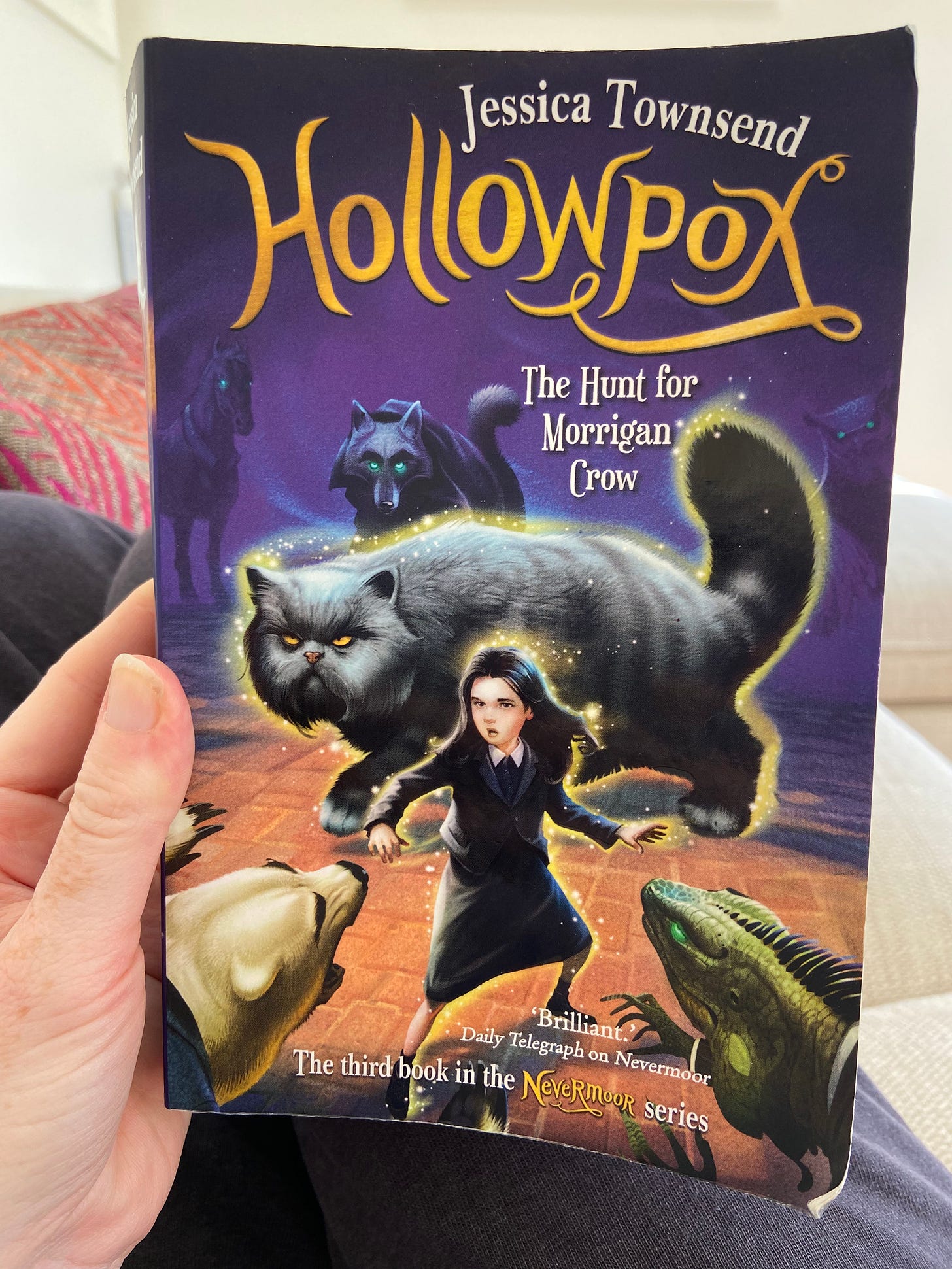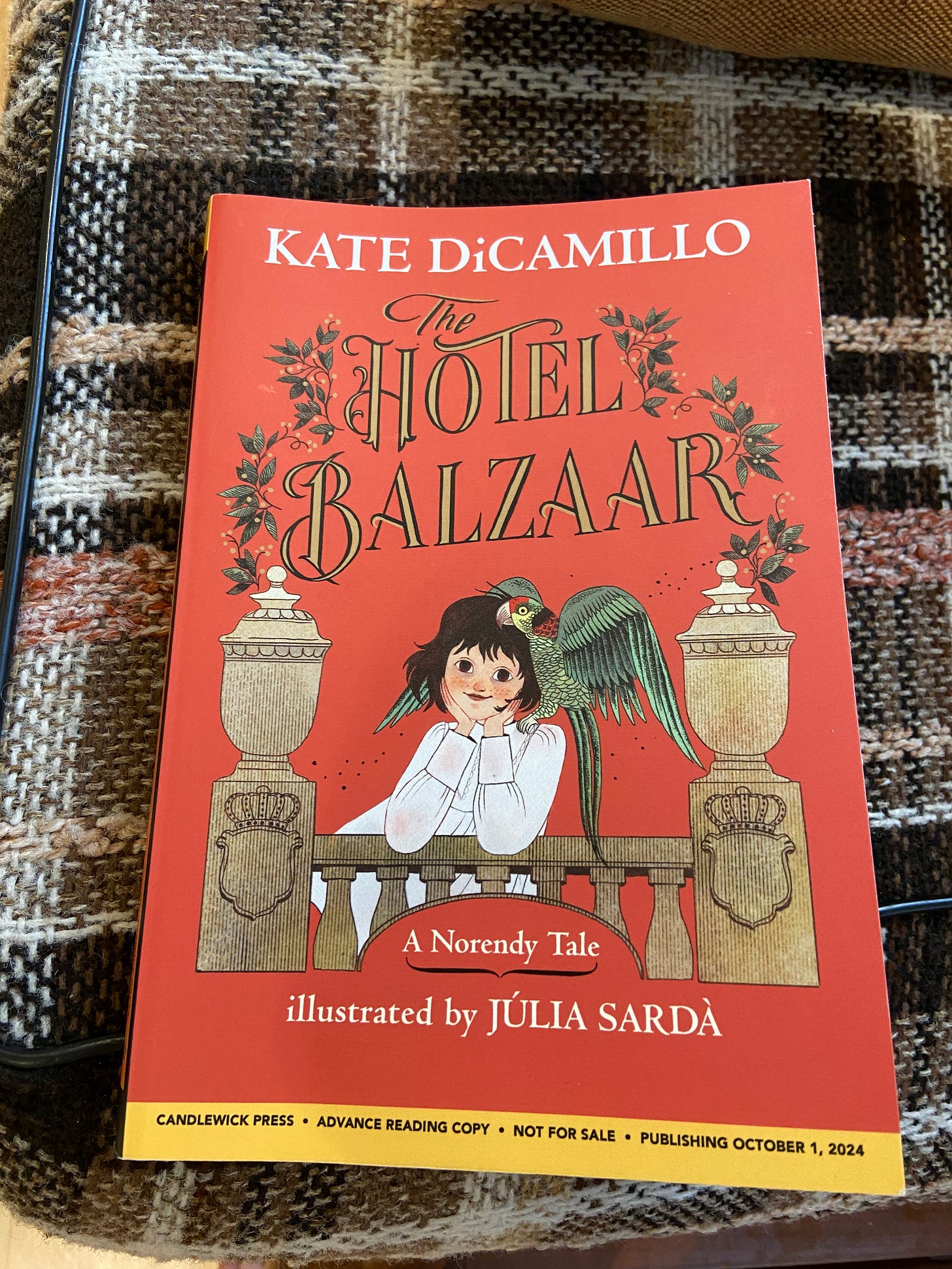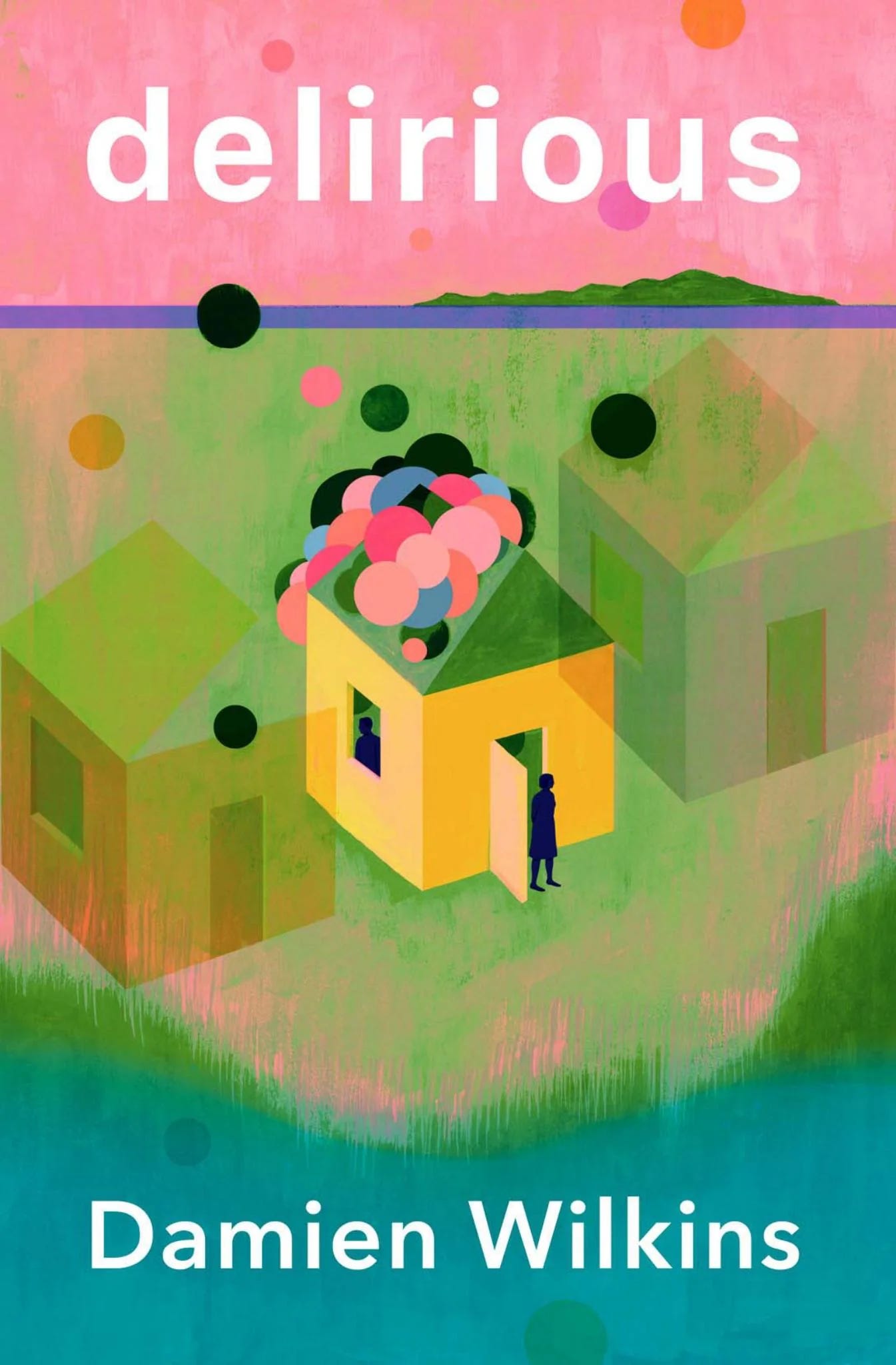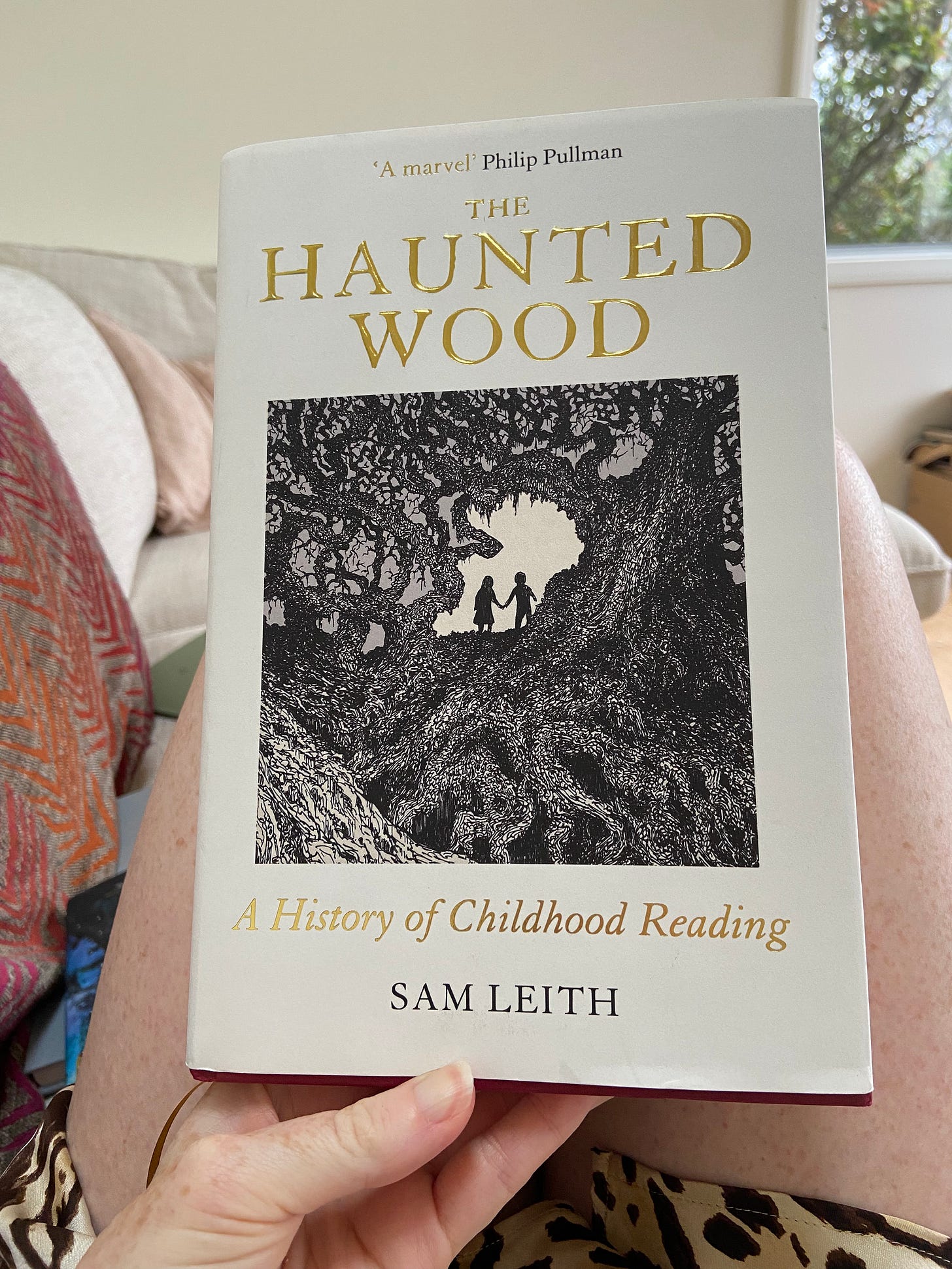Revelations (really just one major realisation)
I’ve been asked a few times now why I decided to write a novel for children. My answer is, usually, that I didn’t wake up and decide to become a children’s novelist I just wrote down the story that was most pressing on me. The characters arrived and I spent time with them and they showed me their world and predicaments and I did my best to write it all down.
But since I’ve been lucky enough to do a few events now (biggest thanks to WORD Christchurch, Nelson Arts Festival, Tauranga Arts Festival, Auckland Writers Festival, Hawkes Bay Readers & Writers Festival, and Verb Wellington) I’ve had a realisation about what’s underneath that first, and ready, answer.
First I have to go back a bit. This year I’ve been tireder, quieter than what is normal for me. A mix of reasons, probably: dull health stuff (hashimoto’s, endometriosis), and I suspect a certain kind of general weathering. I realised, slowly, over the course of doing events with festivals that when I’m talking with children talking about worldbuilding, and about books and reading, I am energetic and alive.
Even more, when I’m talking with 8 - 12 year olds I feel profoundly like I’m talking with my peers. When the thought first crossed my mind I reeled — is that a truly odd thing to think? I haven’t really spent any time with kids this age since I was one so I didn’t realise what a medicine they are, how clever and bright and curious. My adult self is edging towards cynical, weary and wary. But when I’m with those interested, eager children I vividly sense that my 12 year old self is very much alive and well — that she’s eager and detects golden halos around the future and the dangers and the possibilities. Talking with kids puts me back in touch with that person and she is excellent.
So, that’s why I write for children. Because I am harbouring one who is raring to get out; and that girl is enchanted. The writing of my first novel was a way for her to commandeer this grown up shell so she could help me remember what it means to be enchanted by, and compelled into the world, instead of warily eyeing it.
With this revelation in hand I’m having the most wonderful, freeing time writing the second book in the Raven’s Eye world: I can slip so quickly back into that self, let that version of me take the wheel and go with her hunger for wonder and awe, her attempts to wrangle logic and hope from confusion and danger.
On dreams (really just one lingering dream, headlined so you can skip it if you hate hearing about dreams)
Once, in an English lecture on Jane Austen (I think), the Professor starting talking about dreams. “You know that sinking feeling when somebody says, ‘let me tell you about the dream I had last night’…”
I didn’t know that sinking feeling but because I admired the Professor so much I accepted that there must be something wrong with telling your dreams, and hearing them. For the longest time I’d hear those words “You know that sinking feeling…” whenever I started talking about a dream I’d had, or someone started telling me about theirs.

But I love dreams. I love remembering them and I love it when people tell me the contents of their own night wanderings.
I have lately been having dreams about babies. Not regular babies but tiny, weird little dream babies. My own baby in real life was very small. He was born too early and lay on my chest like a miniature loaf of bread. Or a large toad. I could walk around breastfeeding him using only one hand. The other hand could pick up washing or snacks. The babies in my dreams are like even smaller versions of the real one I once had.
In the first dream I was at a festival — a large outdoor one, with lights in the trees and music stages and tents. Only I had two babies at home. One small and one even smaller. So I’d rush from the festival and back to the house (oddly, not a tent, but a cottage with a sink to bath the babies in) to feed them. The larger baby kept flailing and hitting the smaller one, which was distressing. And in my dream I watched myself yell for help. For someone to take one of them off my hands so they’d be safe.
I woke up before I learned our fates but the dream has lingered in my mind. The sensation of the world being merry and bright and active and tense (festivals always exist within a tension — it is a controlled chaos in a way and that chaos can spill at any time, unexpectedly) while I’m struggling with keeping precious things alive inside. I suspect it’s something to do with writing: with having a project in its infancy that you must nurture, bend to it, while the world happens just beyond you, all distracting.
Anyway, this is an invitation to tell me your dreams since you’ve been subjected to mine.
Latest books (several):
On the subject of enchantment I cannot not talk about my adoration of Jessica Townsend and her Nevermoor series. Reading the first three books reminded me of what it felt like to be immersed in a magical world for the first time. That 12-year-old girl in me is so satiated by Morrigan Crow — Townsend’s most brilliant heroine — and the complexities of the world of Nevermoor.
I tried to save Hollowpox (book 3 in the series) until March 2025 so that I wouldn’t have so long to wait for book 4 which is due in April 2025. But I couldn’t wait! I hooned it and was the most comforted and the most absorbed I’ve been in a book all year. I want to LIVE in this series. The increasing complexities of Morrigan’s life (as a Wundersmith-in-training, which basically means she is learning how to wrangle her very rare ability to control the fabric of her world) are fascinating to me. I’m amazed at Townsend’s capacities for plot and for authentic, real people. I don’t want to spoil a thing so I won’t touch on what happens but I only urge you to press these books into your children’s hands after you’ve read them yourself. If you are a Harry Potter fan then these will, absolutely, surpass those books in your estimations. The magic is magic, the worldbuilding is unbreakable, the characters are deeply drawn and most certainly lovingly brought into our world.
Even though my son can now read chapter books on his own (I have loved watching the way language has taken hold of his brain and stories can now grow in there — and how fast! So many new words all the time that go in and don’t fall out. I wish I had that capacity again!) I still read to him every night. We recently finished The Tale of Despereaux by Kate DiCamillo, and then The Hotel Balzaar, also by DiCamillo. I’d never read Despereaux though remember the ads for the animated film when I was little and being curious about it. We both loved it. As I writer I marvelled at DiCamillo’s control and I adored her reassuring, instructive narrative voice (asking readers if they knew certain words, and reassuring them when the story got dark). As a reader I loved the defined characters — particularly the pitiable Miggery Sow (name!) and Roscuro. My son was captivated by the descent into the dark with the rats (the book is set in a castle and is very much a tale about dark and light, both physically and psychologically).
The Hotel Balzaar was equally controlled — I felt entirely in the hands of the author every step of the way. I loved the heavy sense of fable as the main character confronts the question of whether stories shape how we live, how we hope. Again the characters are beautifully distinct: there is a parrot who was once a general, a Countess with an array of hats and a set of stories, a little girl who is missing her father, a mother who is missing a husband. And a hotel with a painting that reveals the wing of an angel who is either departing or arriving (and that is the question), and a grandfather clock with a cat that chases a mouse, endlessly. It’s a gorgeous book and one that does emotion without sentiment. I also love books that have paintings as a function of storytelling — they satisfy my visual imagination and my propensity to read symbolically. The illustrations by the magnificent Julia Sarda are stunning, too. Stark black and white and solid with character — the book, and Sarda’s style, would make a stunning animated film.
To adult novels, I am still letting Damien Wilkins’ Delirious unravel in my mind, my body it seems. Ach! What a book. It is a profoundly realist novel in that it is about an ageing couple in New Zealand who are navigating the beginning of the last stages of their lives. The novel travels back and forth through time to reflect on the most catastrophic moments they’ve so far lived (the death of their only son, the death of a sister, the decline and death of a parent). I say catastrophic but the telling is not sensational or dramatic but gentle and how life happens: in bursts and lengthy drawn out bits. In unresolved episodes that play out and play out.
A realist novel that includes the daily magical turns of the human mind: there are dreams, there are waking fantasies. They’re small, discrete, but they’re present in both lead characters all the way through. I think Wilkins has written a masterpiece: a wholly engaged interrogation of life as it is interrupted and flowing all at the same time. I felt like it was an archive in a way: the characters are so thoroughly turned out —I was amazed at the idiosyncrasies so familiar because they’re the kinds of thoughts and behaviours we all have. But when novels manage to reflect true human nature back to us I am always astonished. There is a privacy in this book. We are allowed the privilege of looking into painful, painful episodes in plain, regular lives and it is beautiful and hard and artistically triumphant. Usually I have to avoid stories in which children die but I’m glad I didn’t avoid this one. I feel richer for reading it: exposed.
The Haunted Wood by Sam Leith arrived fat and promising in the mail last week. It’s a thick, inviting history of children’s literature and I have been merrily wending my way through it. I wanted the book initially for the title. I love woods. If you’ve read my book you know trees, greenings, woods are central to it. There is a very strange forest towards the end of my book and I see how how deeply embedded the idea of it is in my mind. As a constant reader I couldn’t not write a first children’s novel without the children having to head into a haunted wood and coming out a little changed — Leith’s work is showing me why, such a lineage!
Leith’s writing is beautifully accessible for such an enormous topic — the chapters are short, cunningly framed with titles and subtitles, and the writing is intimate, almost conversational, without losing reverence for the importance of the work it’s doing, the precious status of the writers he is handling (given so many of their stories live in a state of suspension inside us — precious, real lives and worlds).
My favourite chapter so far (I am far from finishing I must admit — though I am not willing to race through — I sense I will be reading and savouring, and re-reading for a long time) is the one on Beatrix Potter and the concept of animals in children’s literature (I recently wrote about books in which animals wear clothes for The Spinoff). I have been re-reading Beatrix Potter with my son and am in awe. Leith explains perfectly why those short, exquisitely drawn stories are so compelling: Potter had a scientific interest and her close observation of the natural world shows in the work, both the writing and the illustrations. Her ducks are duckish and her rabbits rabbitish, but then they veer into the human with diet and clothes and desires and language. After discussing The Tale of Mrs Tiggy-Winkle (at the end of which the child narrator exclaims, “Why, Mrs Tiggy-Winkle was nothing but a HEDGEHOG!”) Leith suggests that all of Potter’s stories are half in a dream, which is a perfect framing. I also love Leith’s description of the flopsy bunnies being “bastards for lettuce”. The Haunted Wood would make for one gorgeous Christmas Present.
I’ve read more but will stop here as this is already quite a long post.
Bonus tree content
I’ve been mildly loathing myself for being one of those people holding down more than one social media platform (fleeing the sinking ship of X like rats, to board BlueSky and Threads and whatever else will take us). But among the endlessness of it I do consistently find beauty and solace. Like trees. I follow a lot of tree-related accounts (like Australian author Sophie Cunningham’s Tree of the Day), which is how I stumbled upon the Ancient Yew Group (actually a website but I won’t explain the social media rabbit hole that led me there). I’ll let you explore and get absorbed in Yewlore until you want to stumble upon one (there are magical Yew trees in my book if you felt like a fictional flirtation, too).










Dreams are Very Very important and fascinating. I really don't understand the cultural taboo against dream-conversation
this was a real tonic to read, Claire